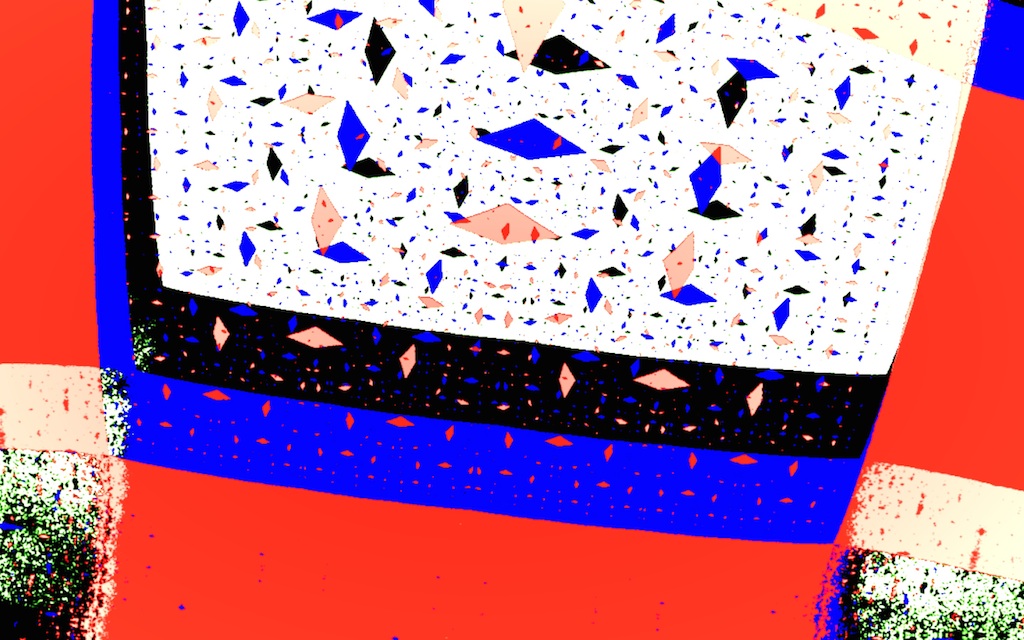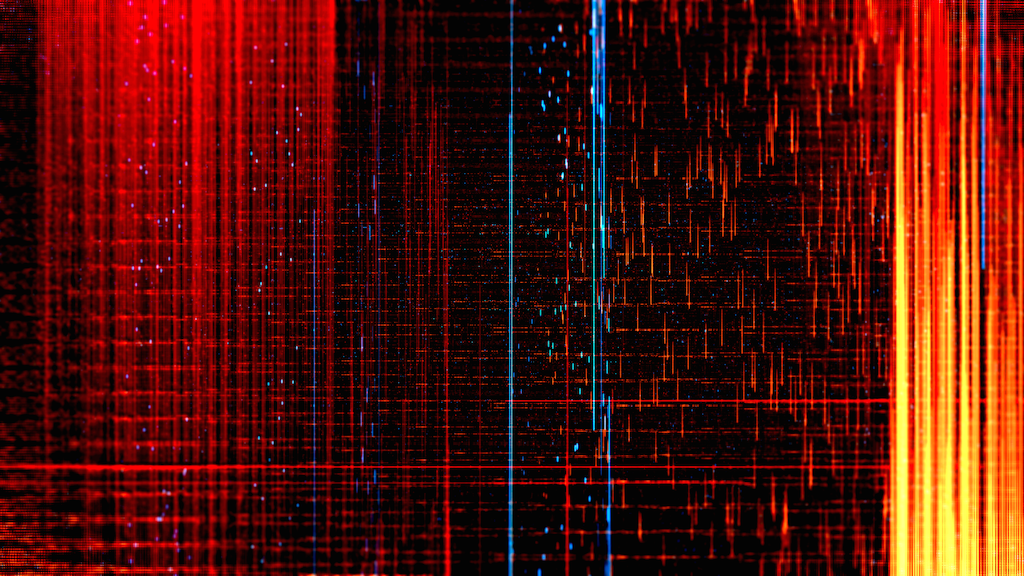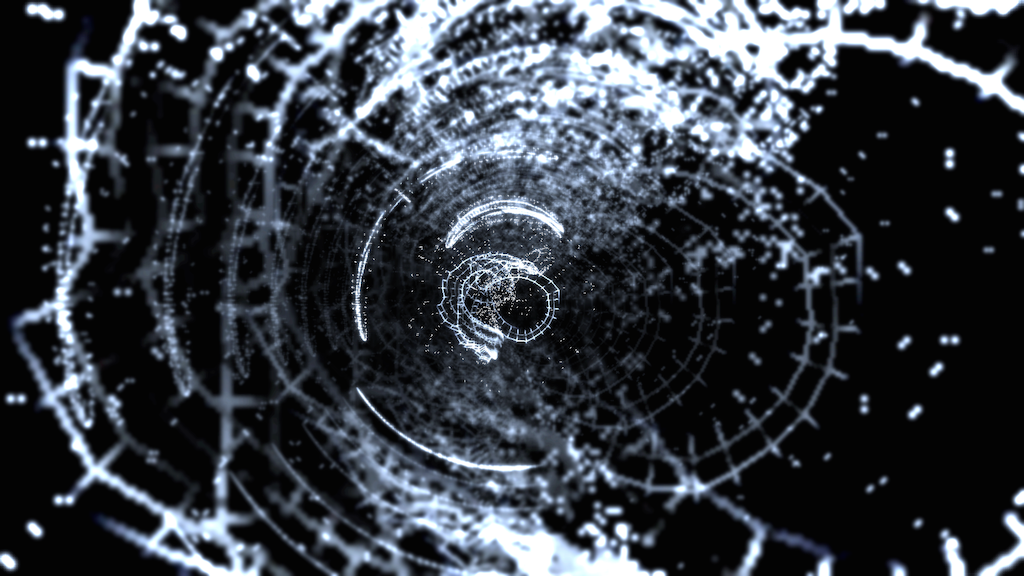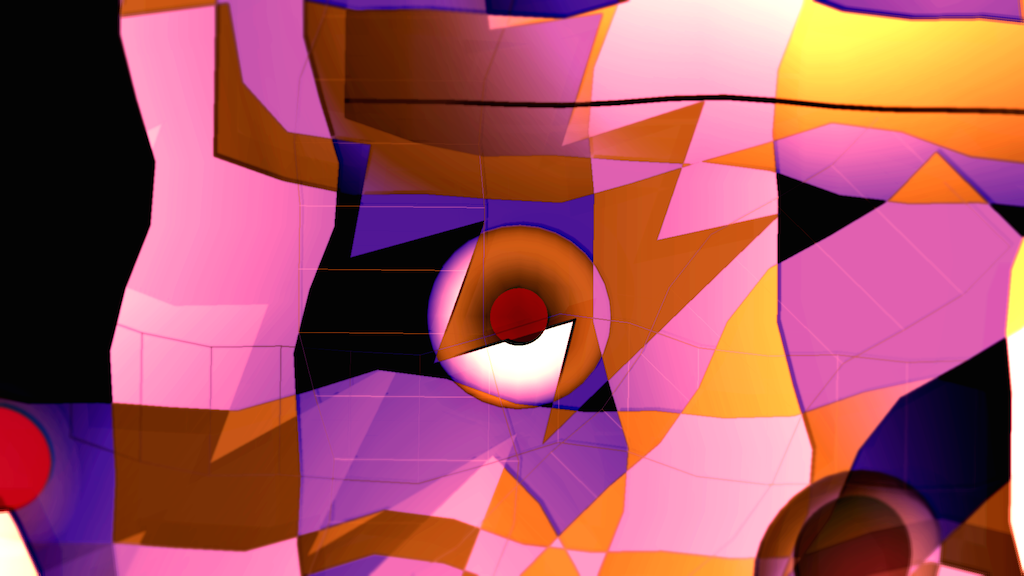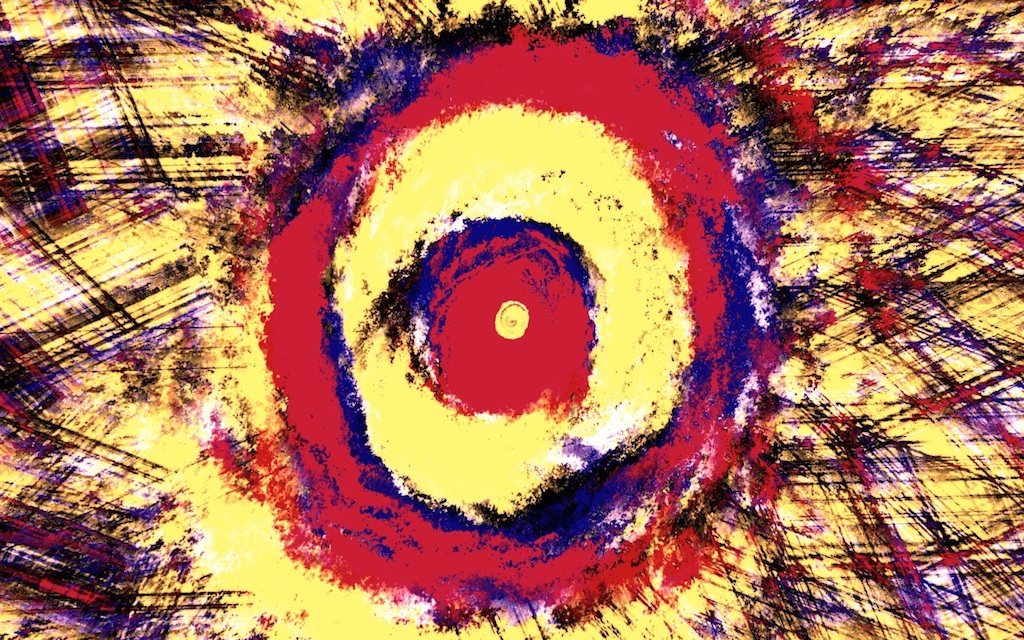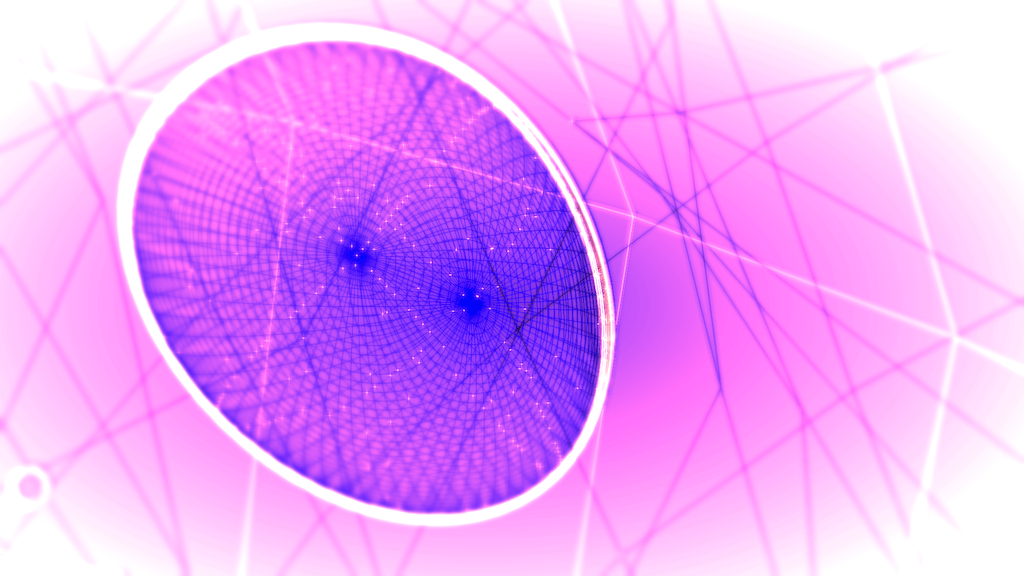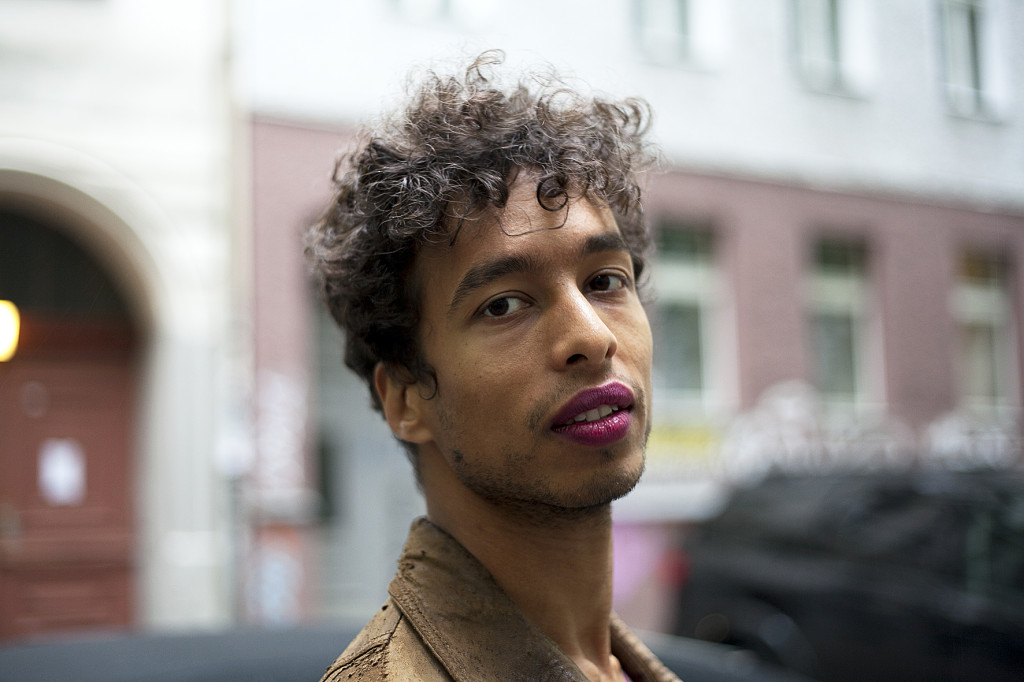
CF: Tell us a bit about your background. When did you first get involved with art and which steps did you take to arrive where you are now in your career?
After conception and birth in The Netherlands, my parents moved to Saudi Arabia when I was 5 years old. It was hot there and I got bored. I drew a lot, but was very happy when a newly purchased MSX home computer provided me with a very unexpected hobby: telling the machine what to do. Certain typed words would make the computer create sounds and visuals. Wow. So with appropriately childlike enthusiasm I dove into that and made it produce pixelated moving ninjas and bleepy sounds.
When I was around 16, I started making tunes with the computer and at 23 I decided that having a proper job while not-making music would very likely make me grow extremely bitter as an old man. I didn’t want to become that grumpy old man so I studied Music and Technology. There I saw how to combine my programming skills with my love for making music. Also, I discovered how I could use those same programming skills to create visuals which fit that music perfectly. More than anything, I experienced that I loved building bridges, tension and harmony between the senses of seeing and hearing.
I never stopped make my own music with my own visuals, but even when making visuals for other people’s tunes it still feels like I’m making music. I feel I’m adding an extra musical layer, but one which is perceived through the eyes.
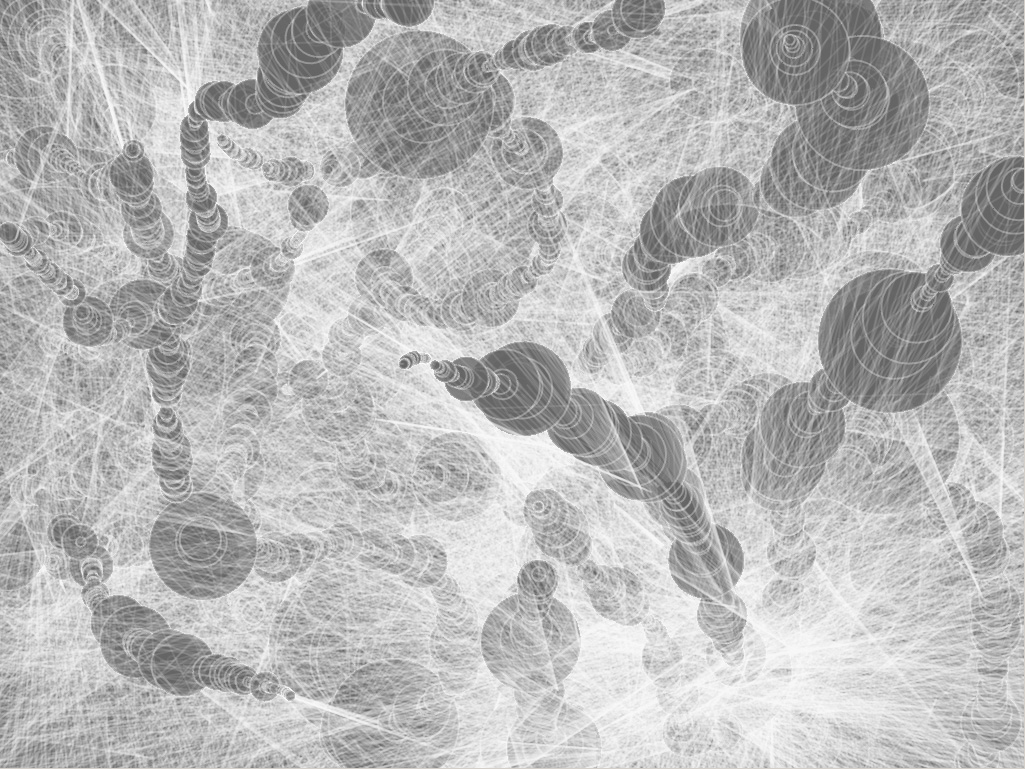
CF: What came first: music or moving images? It’s obvious that at present time both are perfectly intertwined in your works, but in terms of your personal experience when did you realize both art forms should be fused into one?
Well to get back to my birth: as soon as I was introduced to the world and vice versa I was confronted with simultaneous explosions of both sounds and visuals (among others). I tended to express my experiences of these explosions with whatever means I had available. First there was pencil and paper, then there was the computer programming, then there was music, and later on in life all of them came together. It was the music however that first made me feel that I HAD to create my own worlds of expression, after which programming and visuals happily joined the party.
“I find that a very nice way of self-discovery is through others”
CF: What does your creative process look like? What inspires you to develop an idea and how do you test it with the musicians before live performances?
I never really know where my images or sounds really come from. I start out with a hunch which can be very abstract, like: I want a lot of angry movement. Or: I want this to feel strong and futuristic, with straight clear lines. These hunches can also come from, or be inspired by, other artists like Thom Yorke and Robert Henke who are quite explicit about the kind of art they like and admire.
On the basis of my hunch I then start making impressively ugly sketches, just throwing experiments on top of each other in a quite uncontrolled manner and with very little sense of good taste. It’s how I get a feel for whats possible, what the boundaries of my medium and my ideas are. After some fooling around I will often see or hear a little glimpse of what ‘feels right’. Then I focus on that, try to dig this little shiny jewel out of the chaos and throw all else away. As I try to uncover this jewel, its shape and purpose becomes more and more clear, and it almost feels as if it’s simply telling me what else it needs to become more complete. All I need to do then is pay attention to what this thing wants from me and I’ll do my best to provide it. It feels more as a process of discovery and getting rid of the noise, than as a process of true ‘creation’.
When working with other musicians I rehearse with them as much as I can and send updates of my work so they can comment during each phase of this process as much as possible. Often this helps me see and further develop qualities inside my own work which I might have otherwise ignored; I find that a very nice way of self-discovery is through others.
CF: We usually ask people what they would choose to soundtrack their work, but of course you’ve already worked closely with the music of two amazing artists like Thom Yorke and Monolake; are there any other musicians you would love to work with in the future?
Yes there are! I’ve now started a collaboration with Nicolas Jaar whose music I love. We recently did a gig at Sonar which worked out very nicely; more to come. He also thinks and talks in very specific visual terms which makes him a joy to work with. Other artists whose works have been very inspiring to me are James Blake and James Holden. I’d love to see what kind of audiovisual creatures would arise out of my visuals and their music!
“It was the music that first made me feel that I HAD to create my own worlds of expression”
CF: What is your favorite thing about living in Berlin?
I love that it’s not home. Though I don’t like being lost, I do love being a bit of a stranger. It gives me fresh air and a stronger sense of self as opposed to when I’m surrounded by a culture that I know too well and which influences me in subtle but annoying ways. And being a stranger in a place like Berlin where there’s so many other strangers, and where there is so much to experience, is even better.
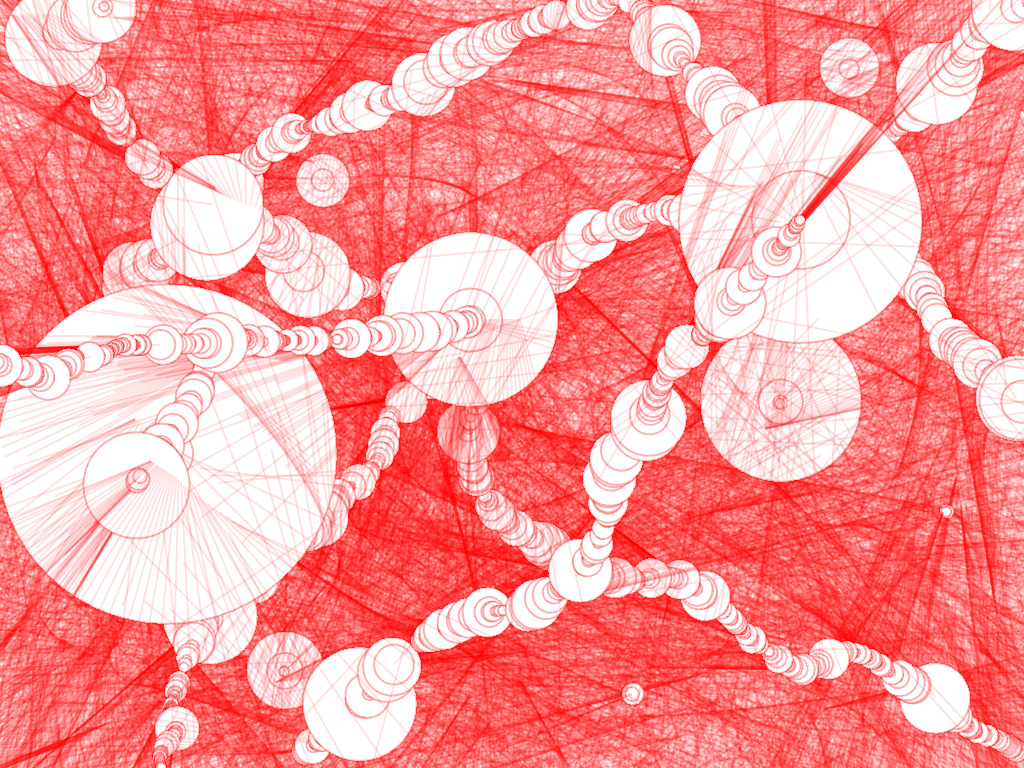
CF: You’ve just finished touring with Atoms for Peace during their album launch series in 5 different cities. What next? Are there any projects you are currently working on that we should be looking forward to?
Yes, beside this collaboration with this Nicolas Jaar which I’m quite excited about, I’ll be focussing much more on my solo work. I’ll be doing more audiovisual live performances during which the audience will literally see the music and hear the visuals in 3D and surround sound… and in 2014 I’ll be releasing an audiovisual album of my own. So please feel very welcome to look forward to that!
